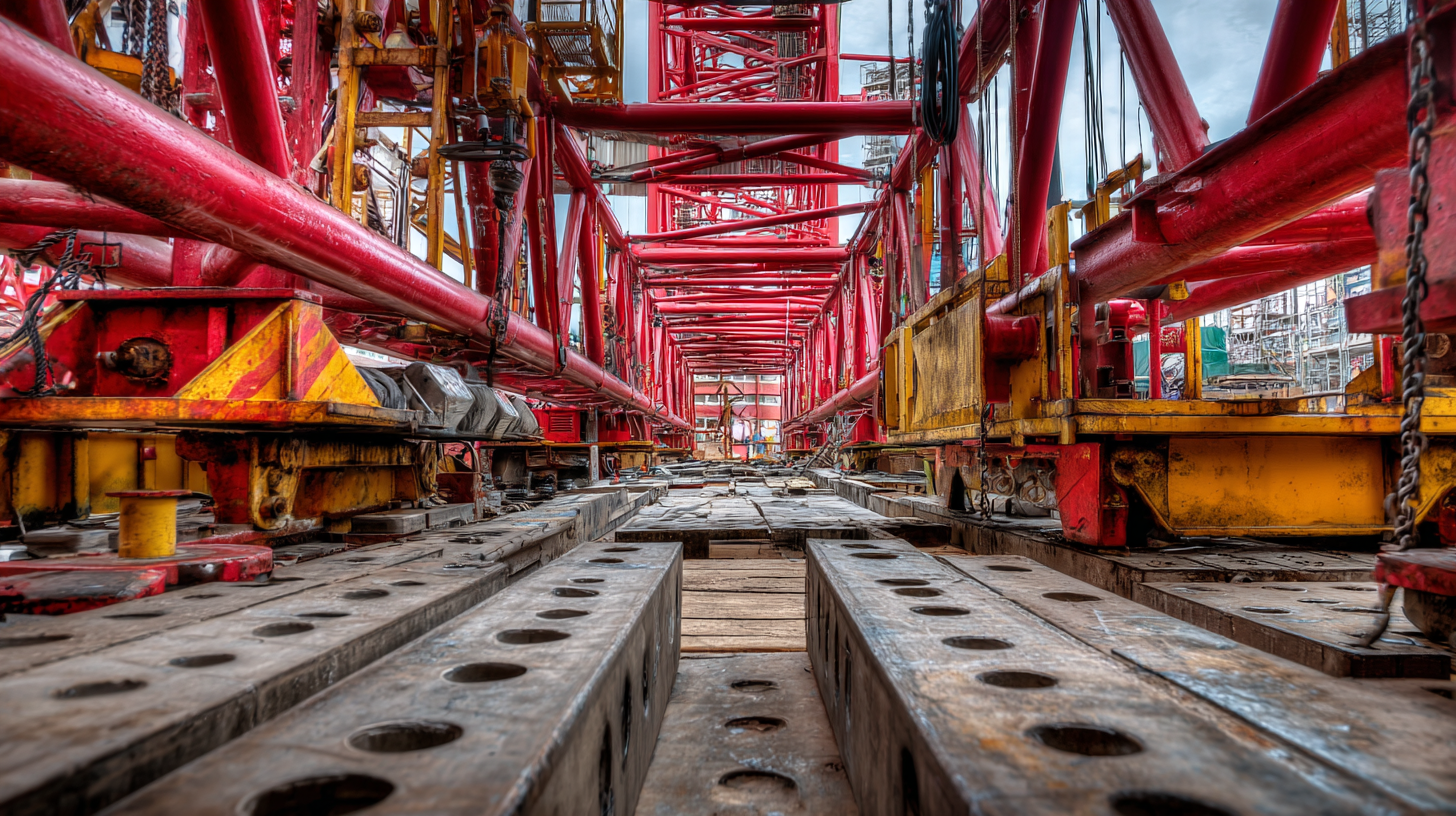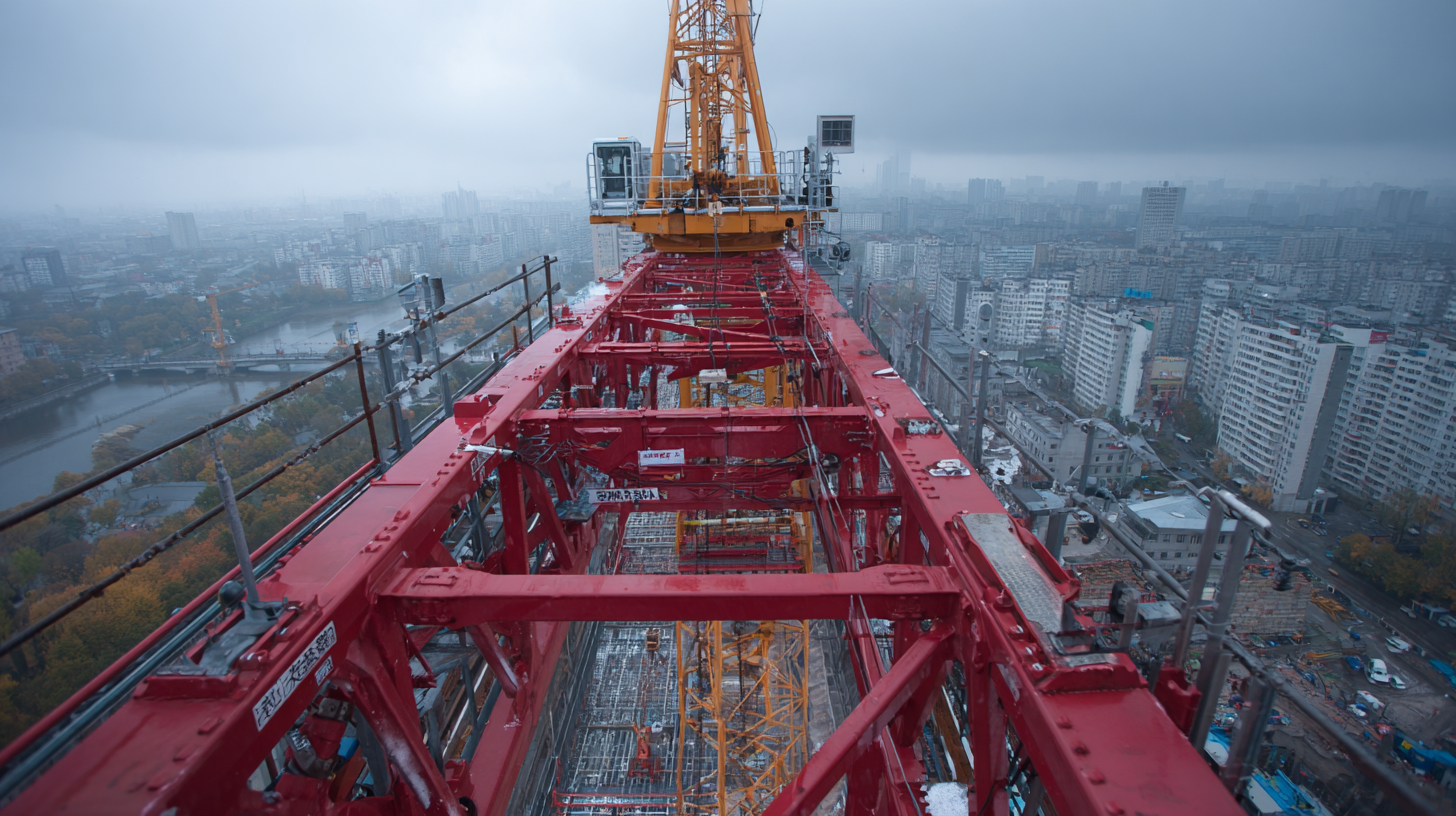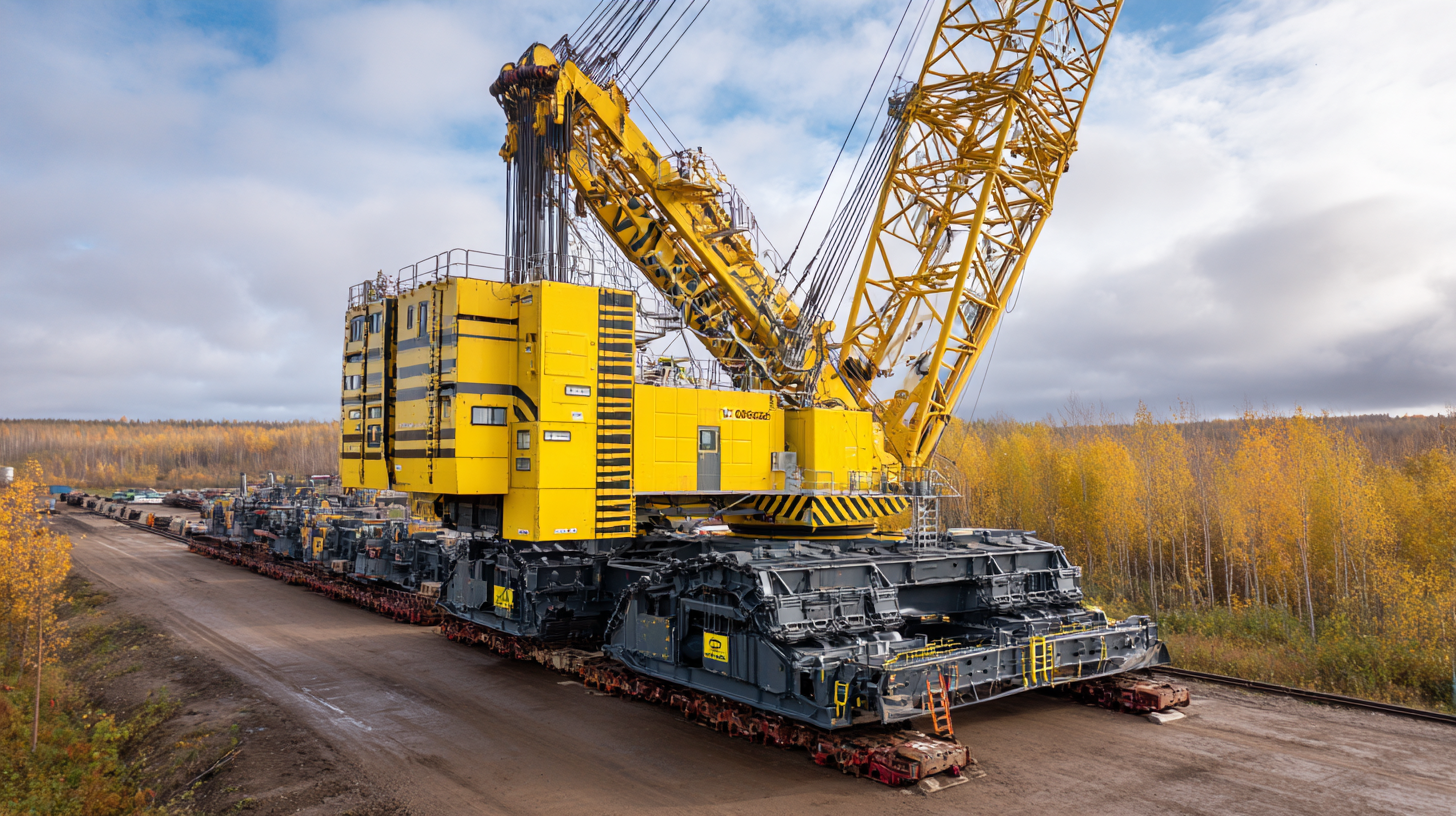The construction industry is rapidly evolving, with the global tower crane market projected to grow at a CAGR of 5.8% from 2021 to 2028, reaching a value of approximately $7 billion by the end of the forecast period. This growth can be attributed to the increasing demand for skyscrapers and high-rise buildings in urban areas, necessitating an efficient and robust crane installation process. Understanding the "Parts of Tower Crane" is vital for maximizing installation efficiency and ensuring operational safety. Proper knowledge and utilization of these components, from the tower itself to the hoist mechanisms and controls, can significantly reduce downtime and enhance productivity on the job site. As the industry advances, incorporating best practices in tower crane installation will not only facilitate the construction process but also contribute to the overall success of projects undertaken in this fast-paced environment.

When it comes to tower crane installation, choosing a reliable supplier is crucial for optimizing efficiency and ensuring safety on construction sites. According to a recent report by the International Crane Association, approximately 30% of site delays stem from equipment-related issues, often linked to inferior or improperly maintained cranes. Therefore, identifying key qualities in tower crane suppliers can significantly impact project timelines and budgets.
One fundamental quality to look for is proven reliability in previous installations. Suppliers with a solid track record demonstrate their ability to meet industry standards and provide cranes that withstand the rigors of construction. Checking for certifications—such as ISO 9001—can indicate a supplier’s commitment to quality. Additionally, reviewing customer testimonials and case studies can provide insights into suppliers' performance and reliability.
**Tip:** Always inquire about the supplier’s maintenance and support services. A supplier that offers comprehensive after-sales support can save time and money by quickly addressing any issues that arise during installation or operation.
Another important factor is the range of products offered. A diverse selection means that you can find the right crane tailored to your specific project needs. Suppliers with an extensive inventory may also have better availability, reducing the time between ordering and installation.
**Tip:** Consider suppliers who utilize modern technology in their cranes. Recent data indicates that cranes equipped with advanced features can improve operational efficiency by up to 20%.
When it comes to tower crane installation, understanding the essential components is crucial for ensuring efficient and safe construction operations. The primary elements include the crane's base, mast, and jib, each playing a vital role in the overall structure.
The base provides stability, anchoring the crane securely to the ground. A well-designed base is key in managing the immense loads and dynamic forces that the crane will encounter during its operation.
The mast is the vertical component that allows the crane to reach significant heights, and its assembly requires precise alignment and secure connections. It's essential to follow manufacturer guidelines to ensure the mast is erected correctly, as any misalignment can lead to operational hazards.
The jib, which extends horizontally from the mast, is responsible for lifting and moving materials. Adequate understanding and attention to detail during the installation of these components not only maximize the crane's efficiency but also safeguard the entire construction site from potential risks associated with improper setup.
By prioritizing these essential components in the installation process, construction teams can enhance performance and reliability, ensuring that the tower crane operates at its best throughout the project duration.
The installation of a tower crane is a critical process that can significantly impact the overall efficiency of construction projects. By following a step-by-step installation guide, operators and site managers can ensure that each phase of the setup is performed correctly and safely. The first step involves site preparation, where careful measurements and assessments are conducted to determine the best location for the crane. This foundational stage is vital as it affects the crane's operational reach and stability.

Once the site is cleared and prepared, the next phase is assembling the crane components, which should be done meticulously to prevent future operational issues. The installation process often includes erecting the base and climbing the tower section by section. Using a systematic approach, operators can run safety checks at each stage to ensure everything is secure.
Attention to detail during this phase is crucial; even small oversights can lead to significant inefficiencies or hazards down the line. This thorough method not only enhances safety but also maximizes the crane's performance, making it a valuable asset for any construction site.
Setting up a tower crane can be a complex task filled with common challenges that can impede efficiency. One major issue is ensuring the crane is positioned correctly. Misalignment can lead to operational inefficiencies and safety hazards. To overcome this, it's essential to conduct a thorough site survey before installation. This will allow you to identify the best location that includes considerations for wind direction, lifting radius, and proximity to other structures.
Another challenge is the assembly of the crane itself. Not all teams are equipped to handle the intricate parts and components without errors. Proper training and clear communication among all crew members can significantly mitigate this risk. Additionally, utilizing a well-structured installation guide can provide the team with a step-by-step process to follow, reducing the likelihood of mistakes.
Tips for improving the crane setup process include conducting regular safety drills to ensure everyone on the team is familiar with the procedures, and keeping all necessary tools and equipment organized and accessible. This not only saves time but also enhances overall safety on the job site. By addressing these common challenges proactively, you can maximize the efficiency of your tower crane setup.

Post-installation maintenance is crucial for ensuring the longevity and optimal performance of tower cranes. Regular inspections and servicing can identify potential issues before they escalate, significantly reducing downtime and repair costs. According to industry standards, a comprehensive maintenance schedule should include routine checks of critical components like mast sections, hoisting mechanisms, and electrical systems. Studies indicate that consistent maintenance can lead to performance improvements of up to 20%, allowing cranes to operate at peak efficiency.
Moreover, environmental factors play a pivotal role in the overall performance of cranes in various contexts. Factors such as wind load can significantly impact operational stability and safety. For example, research has shown that cranes exposed to strong winds may experience a performance degradation of 15% to 30%. Implementing mitigation strategies, such as using wind shields or optimizing crane positioning, can enhance performance reliability. Proactive maintenance and attention to environmental influences are essential in maximizing the efficiency and lifespan of tower cranes.
